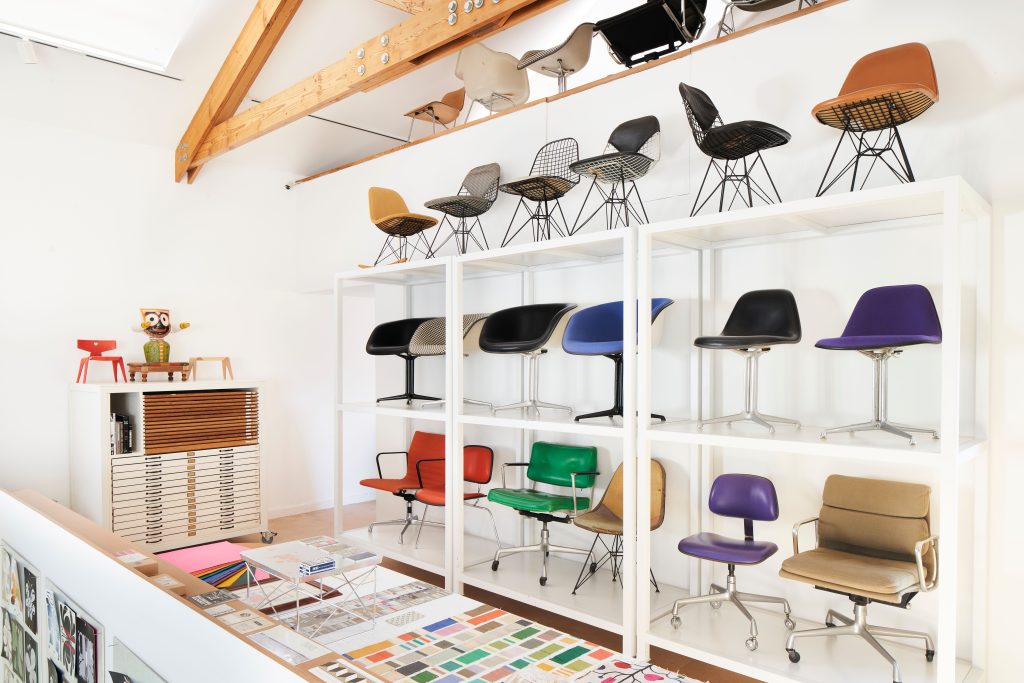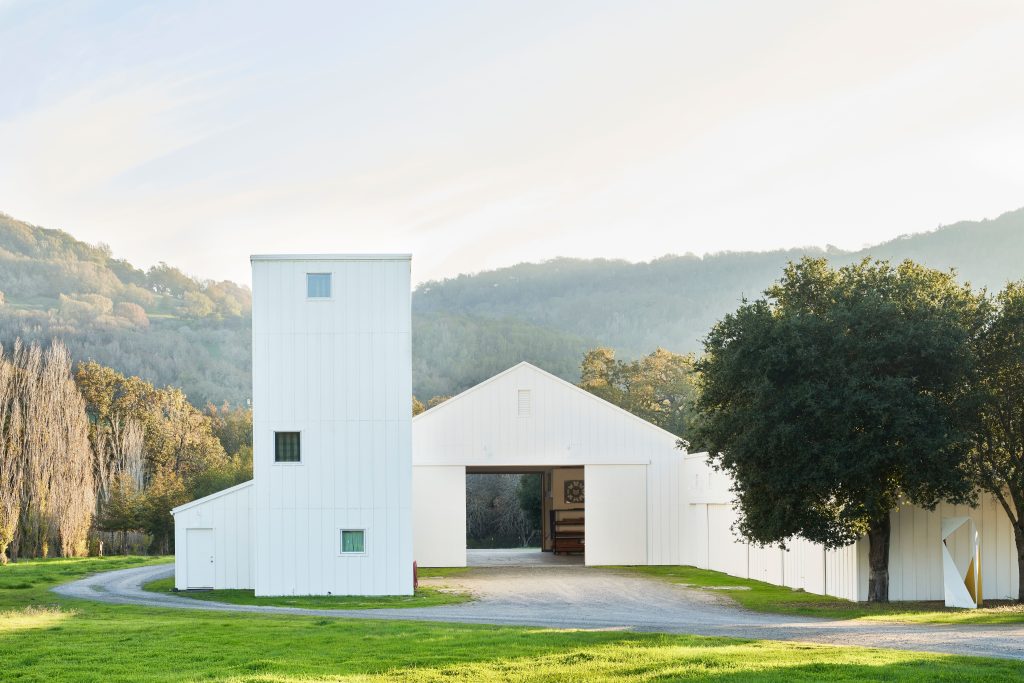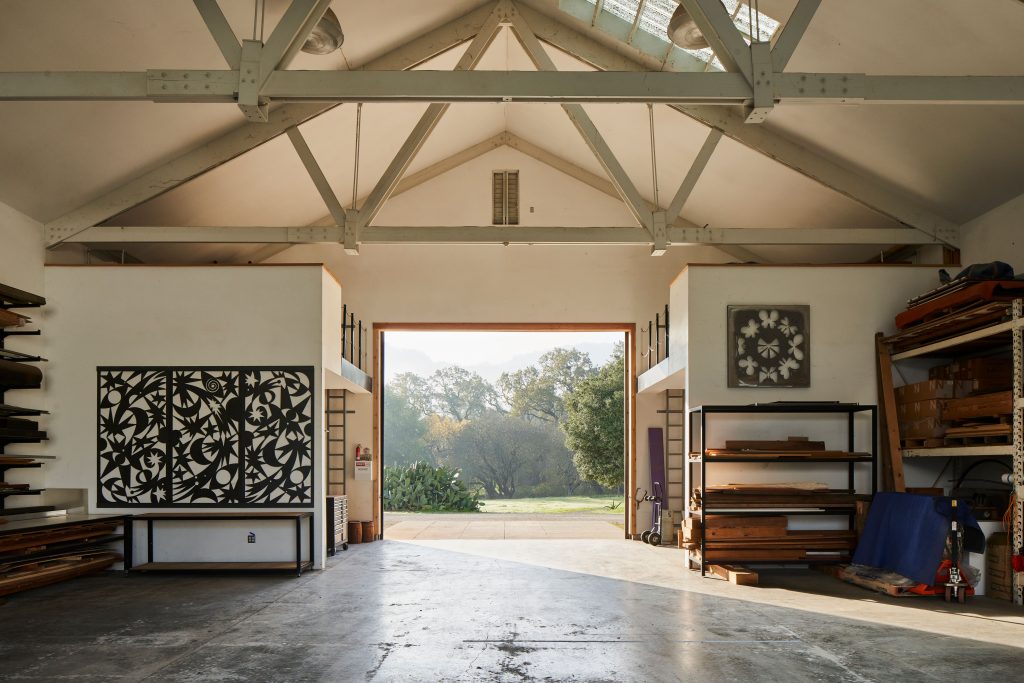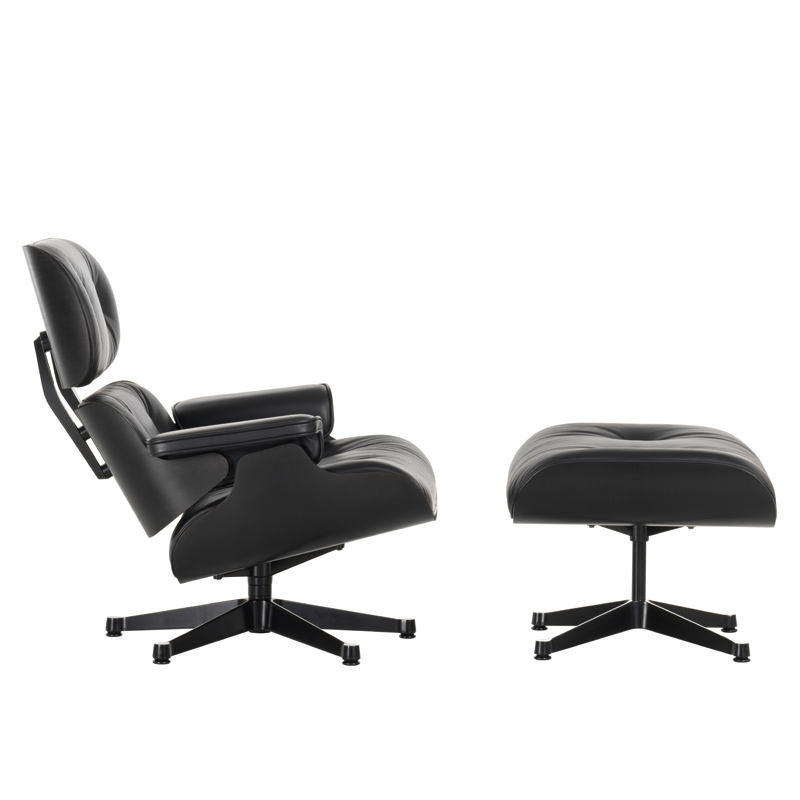The Eames Institute of Infinite Curiosity Inspires Future Generations to Design a Better World
The new non-profit applies the lessons of Ray and Charles Eames to the challenges of today

In the 1960s, Ray and Charles Eames undertook a project for the National Aquarium for which they installed 20 saltwater tanks in their office. The plan exemplified the iconic duo’s brilliant thought processes and went on to inspire the designers to approach their work more sustainably, according to Llisa Demetrios, Chief Curator of the Eames Institute and granddaughter of Ray and Charles Eames. On one hand, the sensitive maintenance of the fish informed the duo on how drastically pollution can harm animals and the environment. On the other hand, the experience caused them to terminate a film proposal and replace it with a booklet to communicate their experience. By relaying anecdotes like these, which pull back the curtain on Ray and Charles’ methodology, the Eames Institute of Infinite Curiosity aims to inspire younger generations in design—be it for furniture, green initiatives, politics or the world at large.

The non-profit Eames Institute launched in April—with the help of Demetrios, president and CEO John Cary, as well as Airbnb co-founder Joe Gebbia—to share lessons from Ray and Charles Eames. Evolving from the duo’s personal collection and small, private tours at their Venice workplace, the Institute currently features three digital exhibitions of a vast array of ephemera and prototypes with future programming of workshops and live events in the works.

“As chief curator, what I’m hoping is that when people come and see the collection or see it online, they can understand some of the lessons that we can learn from Ray and Charles about solving problems,” says Demetrios, who points to the Molded Plywood Chair as an example. “When they first designed the molded plywood chair, they thought it should have three legs because three legs sit on the ground very nicely. But there’s one problem: people don’t know how to get out of a three-legged chair without falling over. So they said, ‘We can’t teach people how to sit, we have to work with how they sit’—that’s one valuable lesson. Another valuable lesson was the form that they wanted to make, they couldn’t make in the molded plywood. There’s an honest use of the materials in that.”

Understanding the client and working within the constraints of the context are valuable lessons in design as well as life. In fact, the bulk of Ray and Charles’ ideologies often conflate the two, making the exhibits that much more moving. Demetrios explains, “This is all about design with a lowercase ‘d.’ Let’s remember that design is about addressing the need. The trick, though, is: are you addressing the true need? To me, the gift of learning how Ray Charles did it is how they really get back to what is the need.”

Throughout the exhibitions, the non-profit focuses on five key lessons (though there are endless more): awareness or the act of seeing, context and the act of relating how something fits into something bigger or smaller, problem finding, problem solving and the act of finding the solution.

Currently, the non-profit features three exhibitions which highlight what the design team made and what they collected around the world. The first exhibit, Before They Were the Eameses, catalogs the parallel lives the partners lived before coming together with formative photographs and works from each. The second exhibit, Plywood During the War, focuses on how the pair applied their problem solving ingenuity to help the war effort. The last exhibit, Form Follows Formulation, uncovers the origins of the Eames Shell Chair, featuring some of the countless iterations and permutations it took.

Demetrios hopes that the Institute will not only be a source of inspiration for those just beginning their journey, but that these lessons in problem solving will be applied to greater issues in the world. She says, “I think some of the challenges today are as paralyzing as challenges that were during World War II or the Depression. So for me, it’s how to break out of that paralysis and start really addressing the challenges and the needs today. My hope is that people stop thinking of things in isolation—they think in terms of systems and how we’re all connected.”

As designers who were dedicated to the lifelong quest of learning and education, Ray and Charles act as the quintessential source of inspiration and motivation for younger generations. They “always encouraged more found learning, less teaching. So whether someone’s coming here and I’m guiding a tour—and I look forward to when we are doing that in a larger space—or they’re online, I want them to be able to start to connect and see things and be empowered,” the curator adds. “They didn’t believe in the gifted few, they believed you just got good at what you like to do.”
For the creatively blocked, uninspired or those who are simply curious, the Eames Institute is a haven for moments of eureka, encouragement and optimism that is empowering others to design a better world.
Images courtesy of the Eames Institute of Infinite Curiosity











